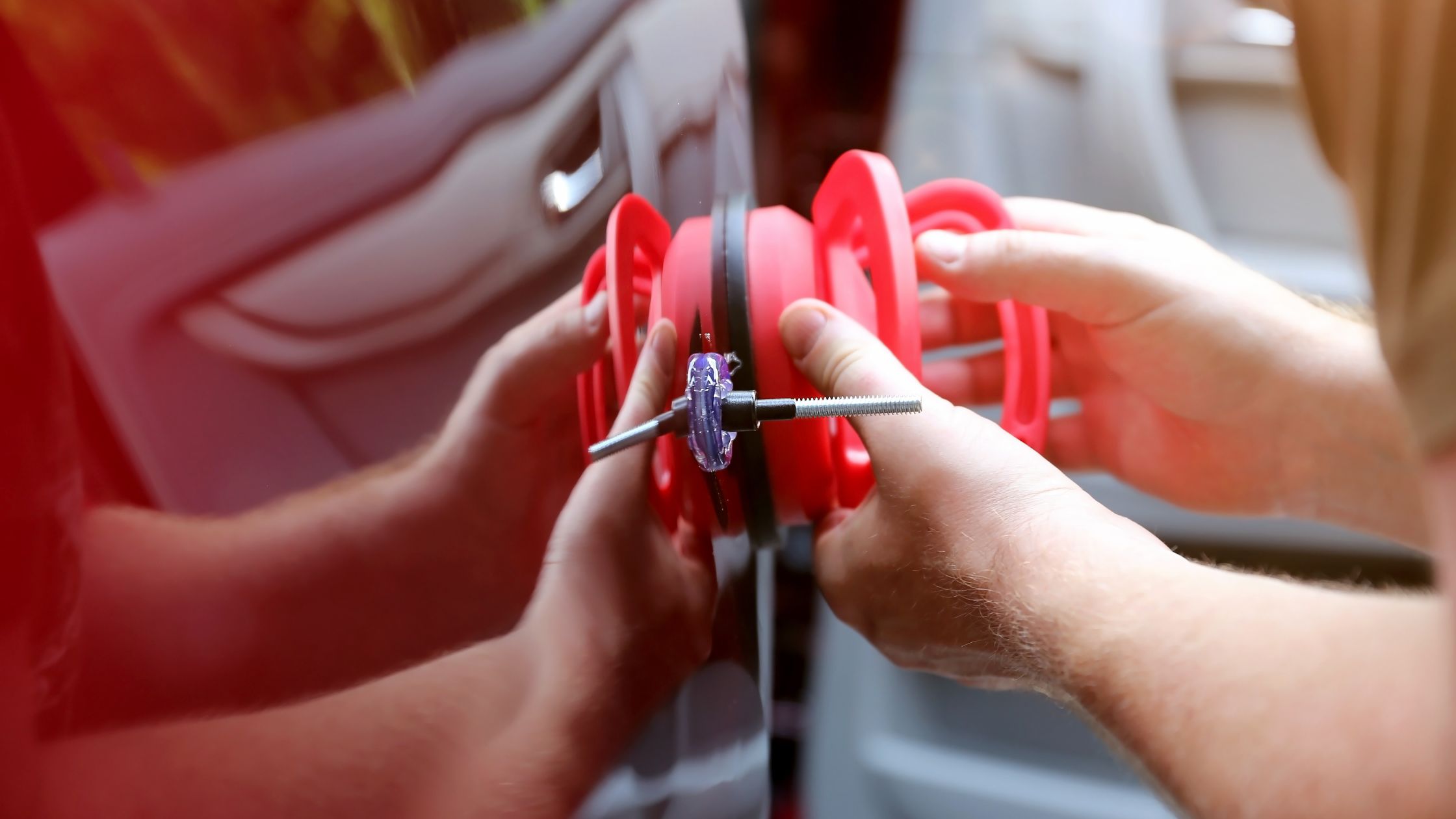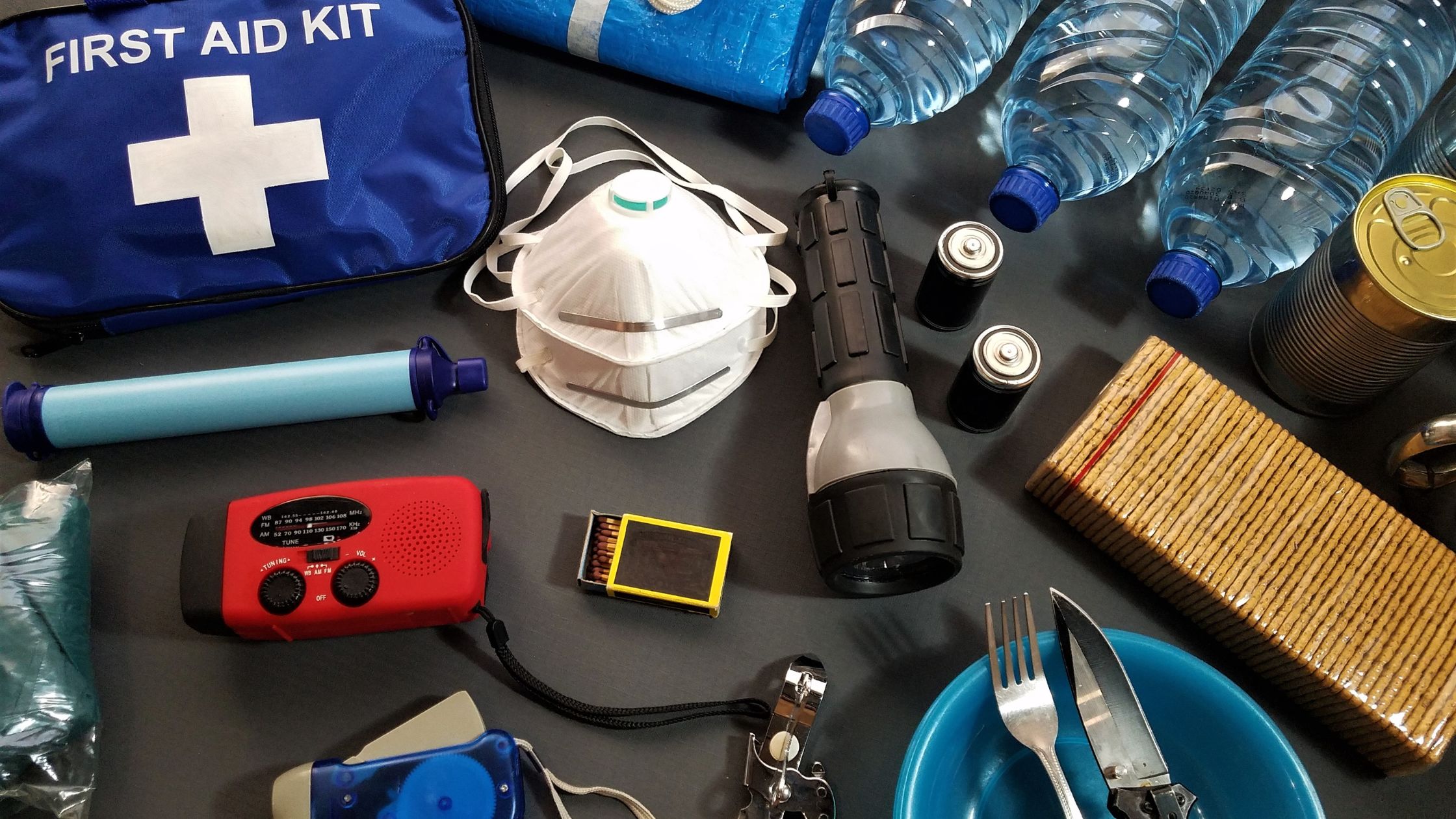A common belief among car owners is the need to let their car warm up for several minutes before hitting the road. The notion is that this practice protects the engine’s longevity and performance by allowing it to reach an optimal temperature through idle running. However, the reality is quite different, as idle your car not only wastes time but also valuable fuel.
ADVICE FROM THE CARBURETOR AGE
The idea of idling to “heat things up” may stem from a bygone era. Before 1980, most cars were equipped with carburetors, and these engines did require some warm-up during winter. The reason was that carburetors struggled to accurately adjust the air-to-fuel ratio in cold weather, affecting engine performance.
ELECTRIC FUEL INJECTION SYSTEMS
In the present day, virtually every car sold in America features an electric fuel injection system that maintains the ideal air-fuel mixture for combustion, regardless of ambient temperature. Consequently, the practice of warming up the car before driving on a cold day has become obsolete. The sensors in modern electronic fuel injection systems continuously regulate the air-fuel mixture in real time, irrespective of external temperature.
REASONS TO AVOID WINTER IDLING
Engine Damage: Idle your car in winter can lead to engine damage. Stephen Ciatti, a mechanical engineer overseeing combustion engine work at Argonne National Laboratory, explains that idling in the cold not only wastes fuel but also strips oil from critical engine components like cylinders and pistons. This reduction in oil can result in increased friction, wear and tear, and a shortened engine life.
“The service and auto expertise here is unparalleled. I look for honesty and service at a car shop and this place delivers consistently. "
John Doe Tweet
Starting from the 2004s, car manufacturers transitioned from carburetors to a more sophisticated system known as electric fuel injectors. In this setup, the vehicle is equipped with sensors designed to gauge the outdoor ambient temperature. This technology enables the electric fuel injector to adapt the air-fuel mixture to accommodate cold weather conditions.
In the usual operation, an electric fuel injector adjusts by creating a fuel-rich air-fuel mixture, releasing additional gasoline to compensate for lower evaporation levels caused by the cold weather.
COMMON BELIEFS ABOUT WINTER IDLING
Many individuals believe that idle your car during winter is crucial due to the nature of internal combustion engines. These engines operate by blending gasoline with air inside the engine’s cylinders. Once the air-fuel mixture is compressed, it ignites through the spark plug, initiating piston movement. In the earlier years, particularly before the 1980s, the mixing of fuel and air was regulated by a carburetor. However, a limitation of the carburetor was its inability to precisely control the fuel in the air-fuel mixture.
WHEN IS REPAIR NECESSARY?
Although the mechanical components of the alternator are sealed, stagnant water can lead to damage as the lubrication wears away. Repeated exposure to water may harm the brushes due to electrical arcing, resulting in wear. Detecting issues early is crucial. While driving, monitor your dashboard signals. If the ignition is on, a battery light will illuminate on your car dashboard, indicating the need for prompt attention. Similarly, malfunctioning plates in the car could be the cause of battery failure. Early detection is always preferable.



